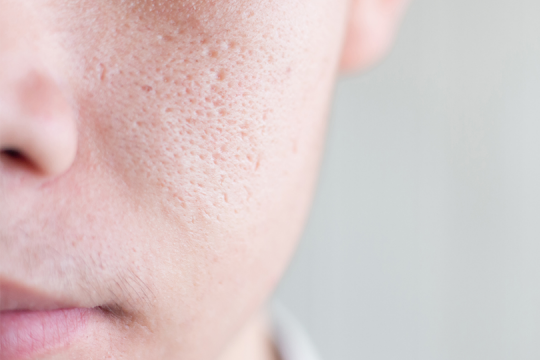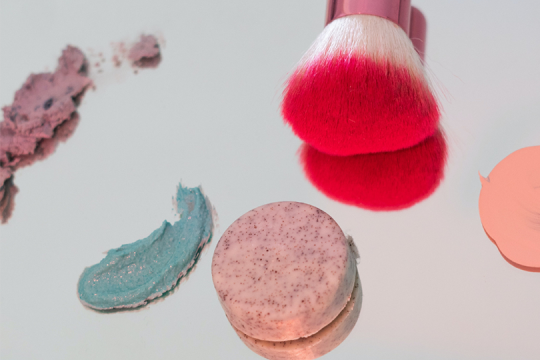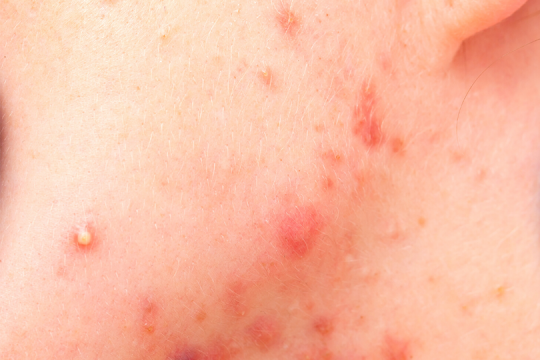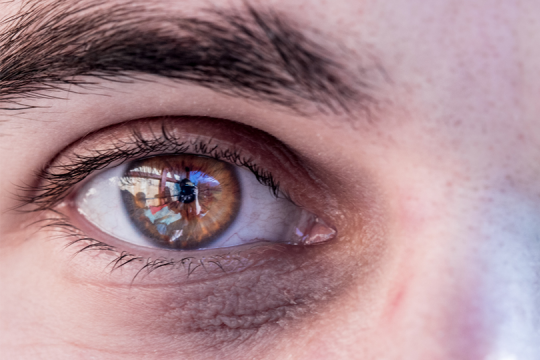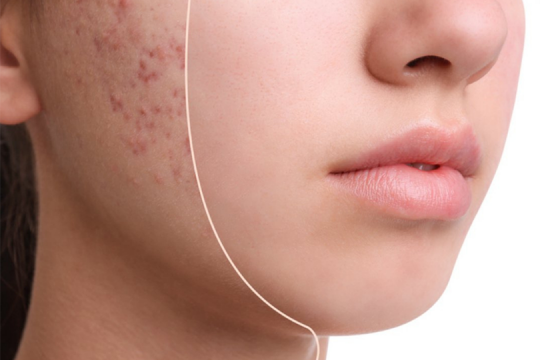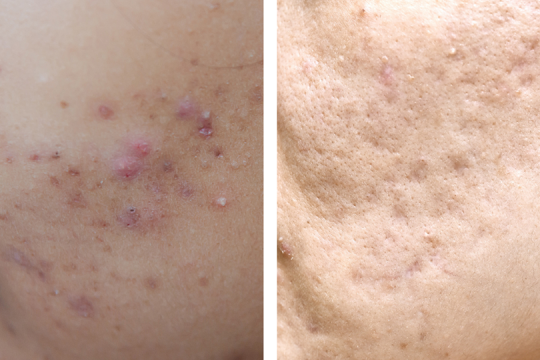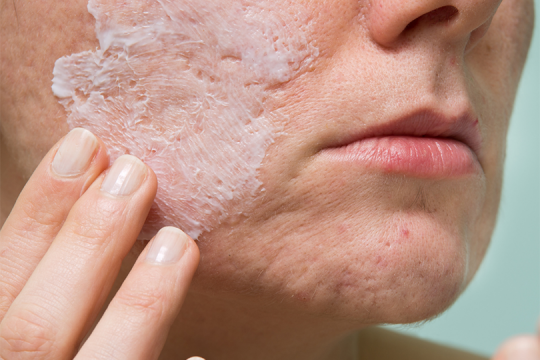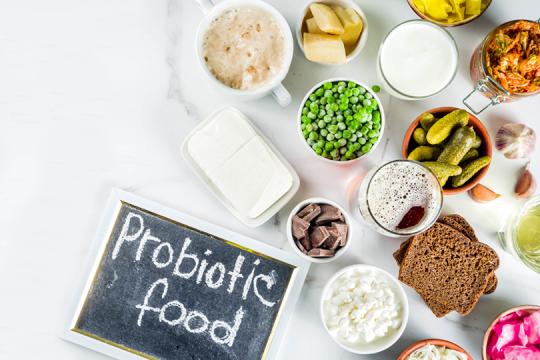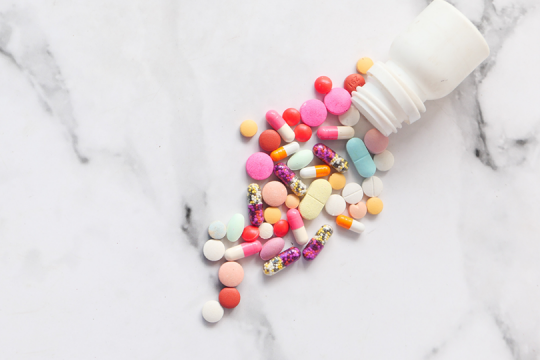Pores are the areas where our oil glands open onto the surface of the skin. The sebum produced by the oil glands is essential for the skin barrier and provides protection against environmental factors.
Prior to that, it is necessary to cleanse the pores. For this, the cleanser to be used should be gently exfoliating. (Containing glycolic acid, salicylic acid, lactic acid, mandelic acid, gluconolactone) Makeup products should be non-comedogenic and oil-free.
Hormones can particularly affect the skin during adolescence, pregnancy, and menopause. In women, an increase in testosterone (male hormone) can be observed about 1 week before their menstrual periods, leading to hormonal acne.
The most crucial step for appropriate treatment is to accurately identify the cause. Dark circles can be improved, but they may not completely fade away.
Trying a new acne treatment every week The effectiveness of acne treatment becomes evident after 6-8 weeks of use
Pigmentation (spotted discoloration) Scarring (acne scars) Let's discuss the agents used in the treatment of these conditions that take time to completely disappear.
Each pore on our skin is an opening for a hair follicle and an oil gland. When these pores become clogged with oil, dead skin, or bacteria, acne can occur.
As we know, probiotics are 'live microorganisms that, when administered in adequate amounts, confer a health benefit to the host.'
Many studies have shown a relationship between acne formation and foods, indicating that high glycemic index (rapidly increasing blood sugar levels) foods can trigger acne formation.
The most important step in acne treatment is doctor-patient communication. The healing process begins as early as 8-12 weeks. At the start of treatment, it should be understood that there might be a flare-up period, and the treatment process should be managed patiently and in communication...


